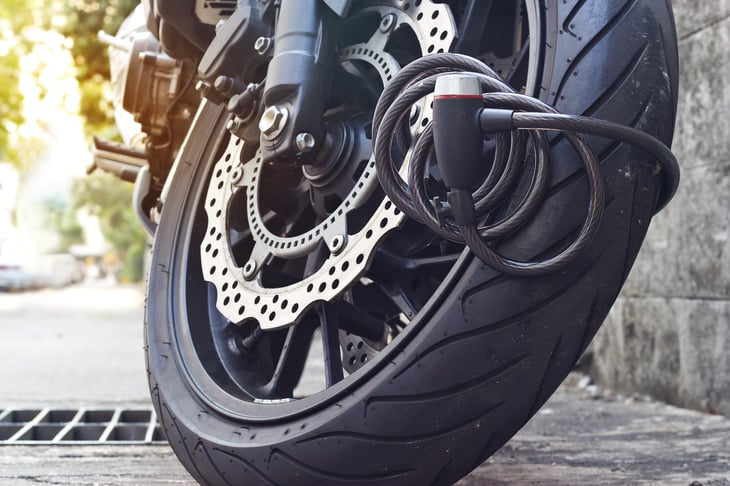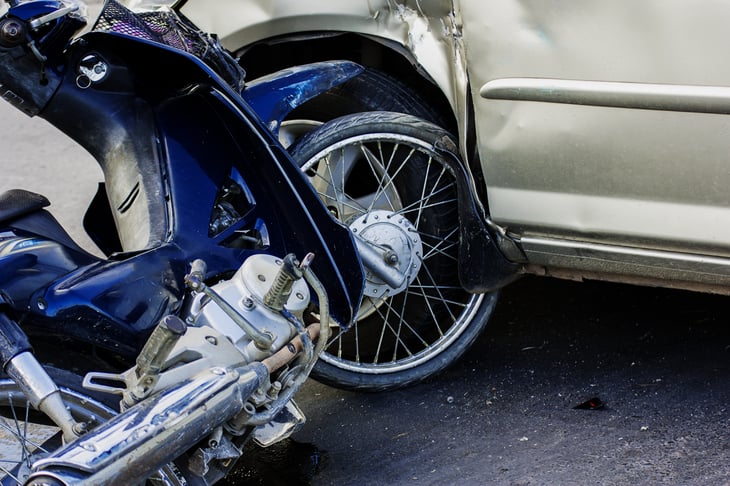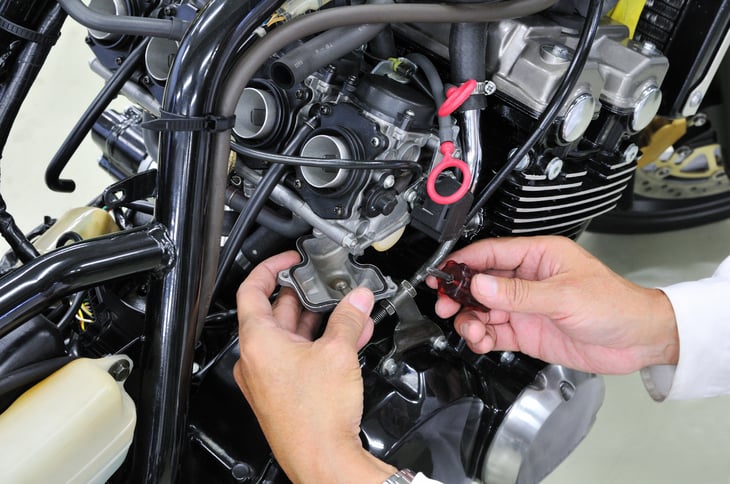It’s spring, and that means motorcycles across the nation are hitting the open road once again.
If you would rather spend your summers atop a bike, we’ve got some tips for you. Motorcycle insurance is a necessity, but it doesn’t necessarily have to bust your budget.
Here are some tips to keep your costs down:
1. Get a quote from your car insurance company

Before you run out and find a new motorcycle insurance company, start with the one that already has your auto insurance business. Many insurers offer multiple-policy discounts, which means you might get a better deal if you combine a motorcycle policy with your current auto coverage.
2. Shop around for a better deal

After you check with your current insurer, look around. Don’t simply assume your current insurer has the best place to park your coverage.
Instead, take that quote from your existing carrier and compare it with quotes from other companies. Most auto insurance companies offer coverage for motorcycles, and some specialty carriers, such as Rider Insurance, provide bike coverage exclusively.
3. Look for companies that offer the most discounts

If you want the best price, look for the company that offers the most discounts. These are some common discounts for motorcyclists:
- Mature rider discount — not necessarily for “old” riders, but for those with several years of riding under their belt.
- Paid-in-full discount for those who pay their premium in one lump sum.
- Responsible driver discount for those with no claims.
- Multibike discount.
- Anti-lock brake discount.
- Continuous coverage discount — for those who don’t cancel in the winter, then sign back up in better driving weather.
4. Take a motorcycle safety class

One of the best ways to get a discount is to take a motorcycle safety class. Not only will it save you money on insurance now, but it could reap benefits in the long run if it helps you ride better and keep your record claim-free.
For example, Geico offers a 10% discount for those taking a Motorcycle Safety Foundation or Military Safety Course. If you have some free time on your hands, you could double that and become a Motorcycle Safety Foundation instructor, a title that will earn you a 20% discount from Geico.
5. Install an anti-theft device

Another win-win for you and the insurance company is installing or using an anti-theft device. These may include everything from locks and chains to alarms and GPS tracking systems. Check with the insurance company you have in mind to see what devices they have approved for discounts.
Along the same lines, garage your bike if at all possible. Leaving it out increases the chances of it being stolen, and insurers often discount premiums for those who keep their bikes in a secure location when not in use.
6. Join a motorcycle riding club

Membership has its privileges, and members of some motorcycle riding clubs may save up to 10% or more off their insurance premiums.
Look for discounts offered to members of these and other clubs:
- American Motorcycle Association
- BMW Motorcycle Owners of America
- Gold Wing Touring Association or Gold Wing Road Riders Association
- Harley Owners Group
- Honda Riders Club of America
- Motorcycle Safety Foundation
- Motorcycle Touring Association
These may be some of the more popular options, but don’t rule out other groups. Safeco Insurance, for example, offers discounts for 24 motorcycle riding clubs and association groups.
7. Change your coverage to storage for the winter

Where I live in Michigan, the riding season typically ends in October, or November if you’re really dedicated. At that point, it’s silly to keep full coverage on a bike that’s going to sit in a shed all winter.
You could cancel your coverage and reapply in the spring, but a smarter option may be to switch to storage coverage for the winter months. That way, you might get a continuous coverage discount. Plus, you’ll have peace of mind knowing your bike is covered should the storage unit go up in flames or a tree fall on your barn.
In April or May — whenever the weather is nice enough to ride — phone the insurance company and revert to the coverage you had the previous summer.
8. Consider dropping comprehensive coverage

Speaking of coverage, do you really need comprehensive or collision insurance on a 10-year-old bike?
Keep your liability insurance, which protects you if you injure someone on your bike or get sued for an accident. However, anything beyond that may be of questionable value, especially if you’re riding an older bike.
Weigh the cost to replace your bike against the cost of full-coverage premiums and decide whether it might make sense to drop your policy to the bare minimum. Just remember that the bare minimum won’t pay for a new motorcycle if you total the one you’ve got.
9. Raise your deductible

This final tip is one that applies to insurance coverage of all kinds. The higher the deductible, the lower your premium. In case you’ve forgotten what the deductible is, it’s the amount you pay out-of-pocket before your insurance company pitches it.
If you have $1,000 in the bank, going with a higher deductible can make sense. It can lower your monthly cost substantially — and, if you’re a good rider, there may be minimal risk of you being in an accident and filing a claim anyway.
What’s your experience with motorcycling? Share in comments below or on our Facebook page.





Add a Comment
Our Policy: We welcome relevant and respectful comments in order to foster healthy and informative discussions. All other comments may be removed. Comments with links are automatically held for moderation.